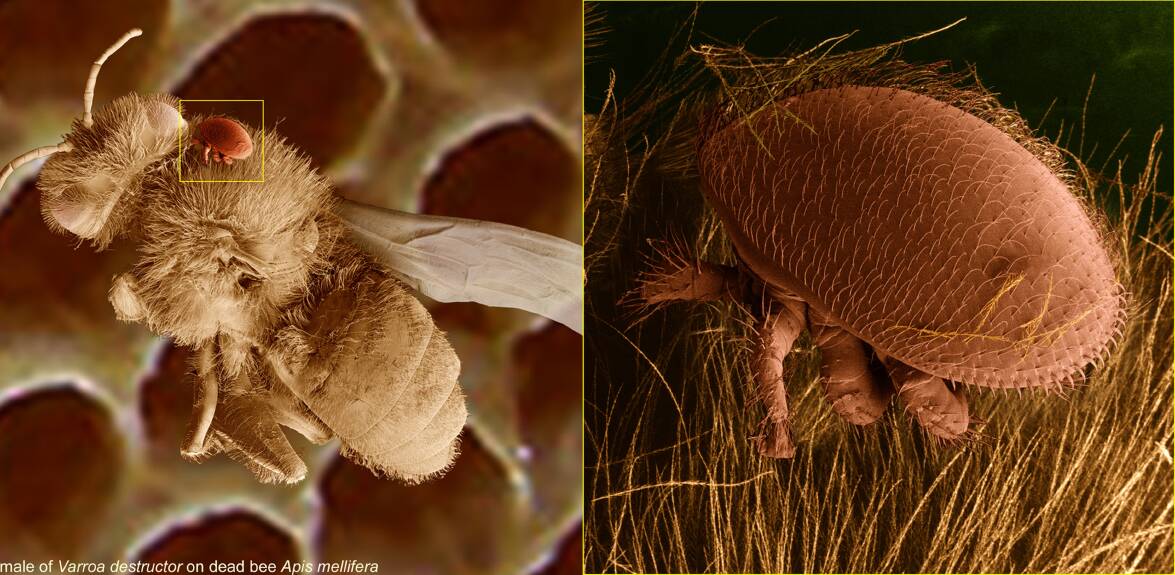
NSW Department of Primary Industries has confirmed a new varroa mite detection in Narrabri is linked to previously known cases in the Newcastle area.
Acting Chief Plant Protection Officer, Dr Chris Anderson, said close epidemiological links in all cases so far means NSW DPI and the apiary industry have "a good opportunity to eradicate this biosecurity threat and stop the onset of the varroa mite".
"The honeybee beehives at this property had been stored for a number of months within proximity to an existing infested premise in the Newcastle area, before recently being moved to Narrabri," Dr Anderson said.
"Further reporting by beekeepers and investigations by NSW DPI officers identified the infestation at the property and established a new emergency zone around the property."
NSW DPI has now established emergency zones around a total of 19 infested premises since the varroa mite was first identified during routine surveillance at the Port of Newcastle on June 22.
This includes additional new confirmed cases at Lambton and Ferodale, which fall within previously declared zones.
NSW DPI has been working with apiary industry bodies and stakeholders to "ensure beekeepers are informed".
"DPI has put significant measures in place to arrest the spread of the threat and is being assisted by the apiary industry, Local Land Services, NSW Police, NSW Rural Fire Service and the wider community," Dr Anderson said.
"NSW DPI continues to ask all people who have acquired honeybees (including queen bees, nucleus hives and hives with honeybees) from within the 50km emergency notification zone of the Port of Newcastle in the last 12 months to report them to help ensure business continuity for the bee industry.
This will help "free up the movement of honeybees in the rest of NSW, especially around almond pollination", Dr Anderson said.
"Beekeepers are reminded of the group permit that allows flood-affected honeybees and hives in current flood watch areas to be moved to a higher location on premises, or if that's not possible, within the same emergency zone.
"After the hives have been moved as per this permit, they cannot be moved back to the original location. Notification of any change in location must be notified by the Beekeeper Notification - Varroa mite online form at www.dpi.nsw.gov.au/varroa," Dr Anderson said.







